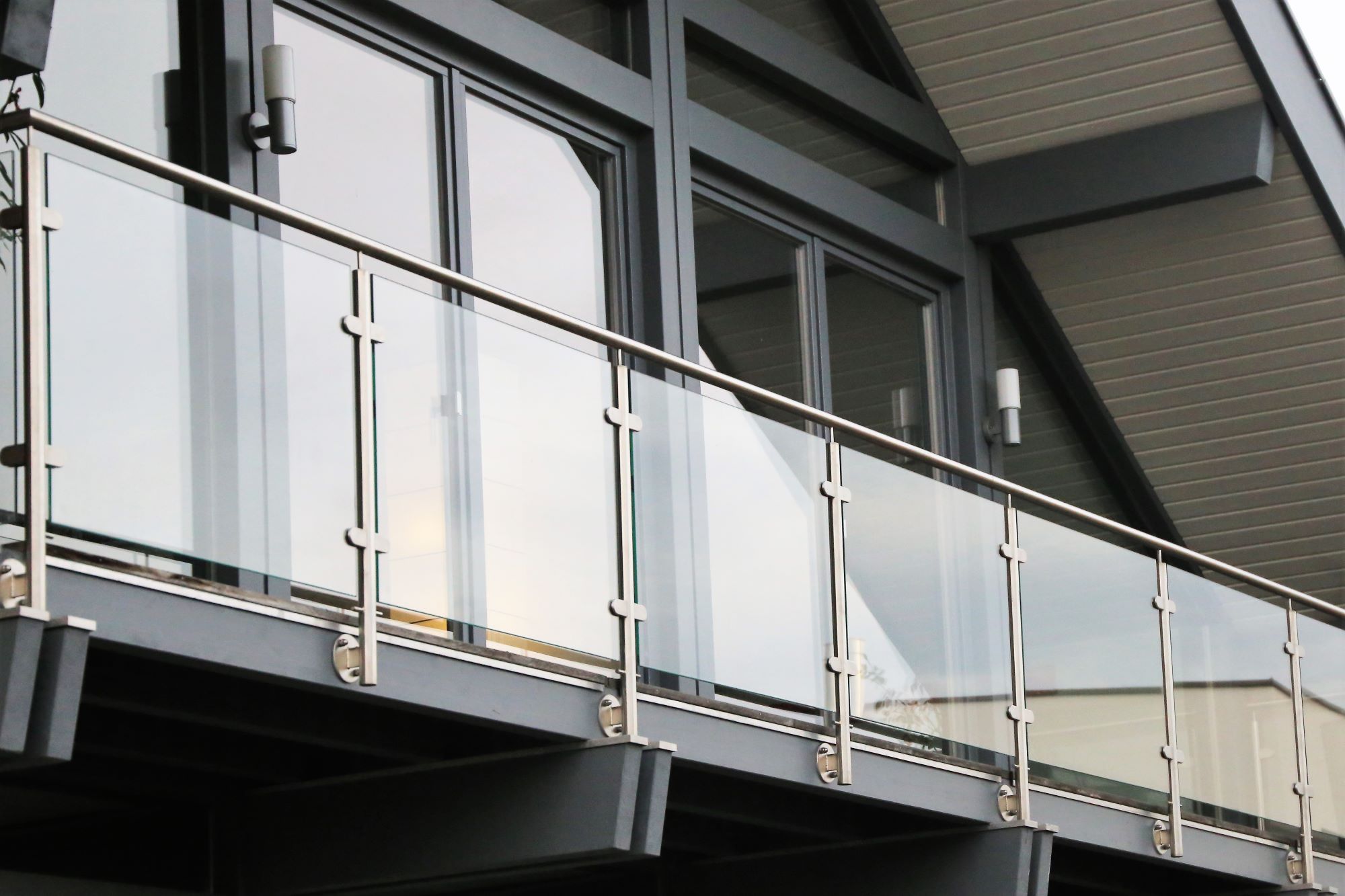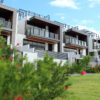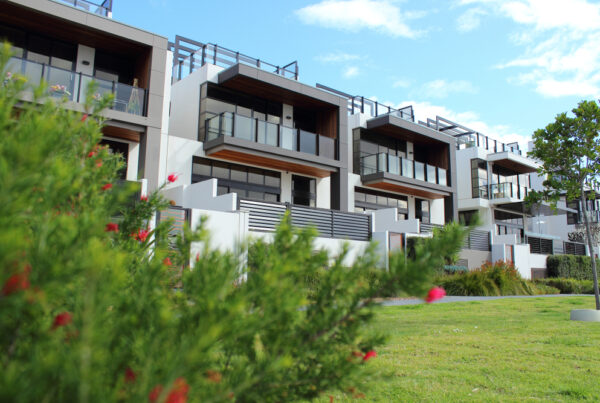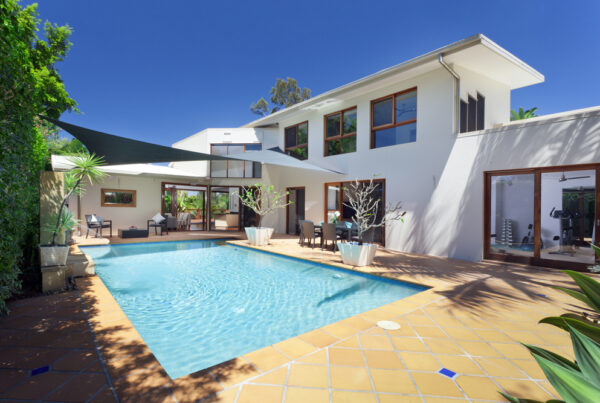Balustrades don’t just stop you from falling over the edge of a balcony or stairs – they increase the overall style and aesthetic of your space as well.
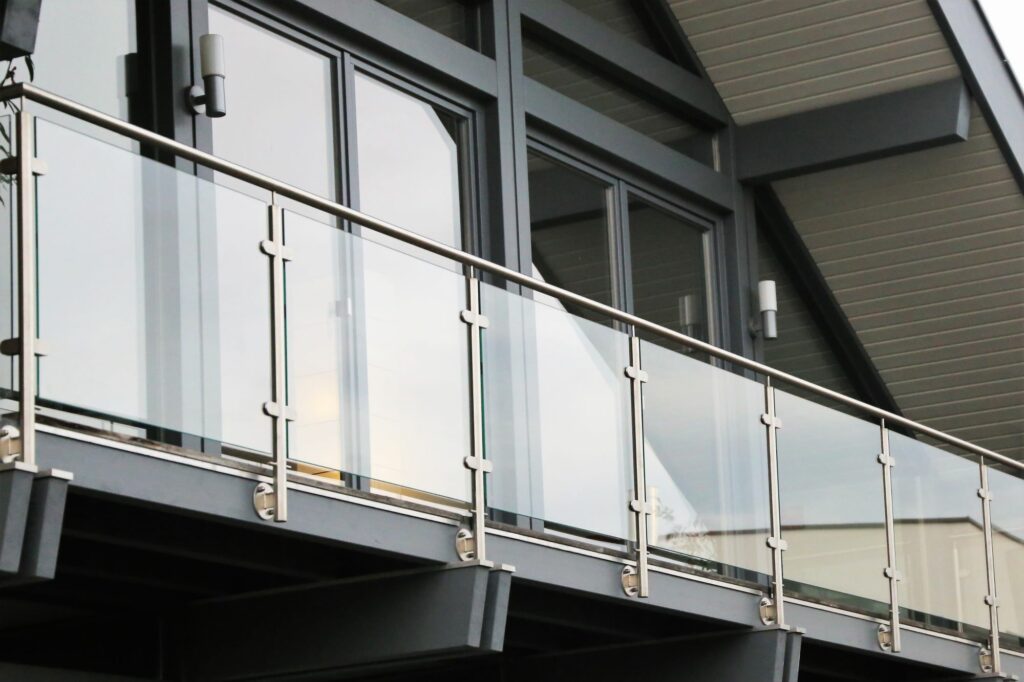
Balustrades are an essential safety component in most old and new structures, and if done well, can contribute to the overall style or aesthetic of a building as well.
Typically, they are subject to various safety standards in Australia, which is entirely appropriate.
We’ll look at balustrade regulations in Australia, as well as what they mean for you and how you can guarantee that your balustrades meet the most current BCA standards and the general Australian standard.
Balustrades — more than just decorative pieces?
Balustrades are a fairly common sight, but most people do not pay much attention to them even in residential homes.
Usually made of wood, metal, glass, stone and other materials, they are vertical supports or panels that function as a barrier between an edge and the drop beyond it, having the ability to withstand loads, provide a continuous barrier and prevent children and people leaning and falling over.
You’ll likely find balustrades or horizontal rails on balconies, staircases, mezzanines, and other raised platforms—basically anywhere there’s a chance someone might fall.
You can choose to go with popular balustrade options like glass balustrading which must have safety glass and interlinking handrail. (Most times, the type of handrails provided and used is based on the installation environment, the finished ground level and the kind of building you are constructing.)
While their primary function is to keep people safe, balustrades also add an aesthetic element to a space.
Most property owners consider them an essential component of their property’s overall design.
A consideration that has obvious advantages if you are into real estate and perhaps want to sell the property.
Balustrades regulations and building code in Australia — what do they mean for tenants and property owners?
Like other construction components, balustrades are subject to several safety regulations and standards in Australia.
And when it comes to construction and maintenance of balustrades, you want to be sure that that comply with BCA standards, balustrade safety standards and Australian standards.
Governed by the Building Code of Australia (BCA), balustrade safety standards focus on balustrade height, spacing and railing.
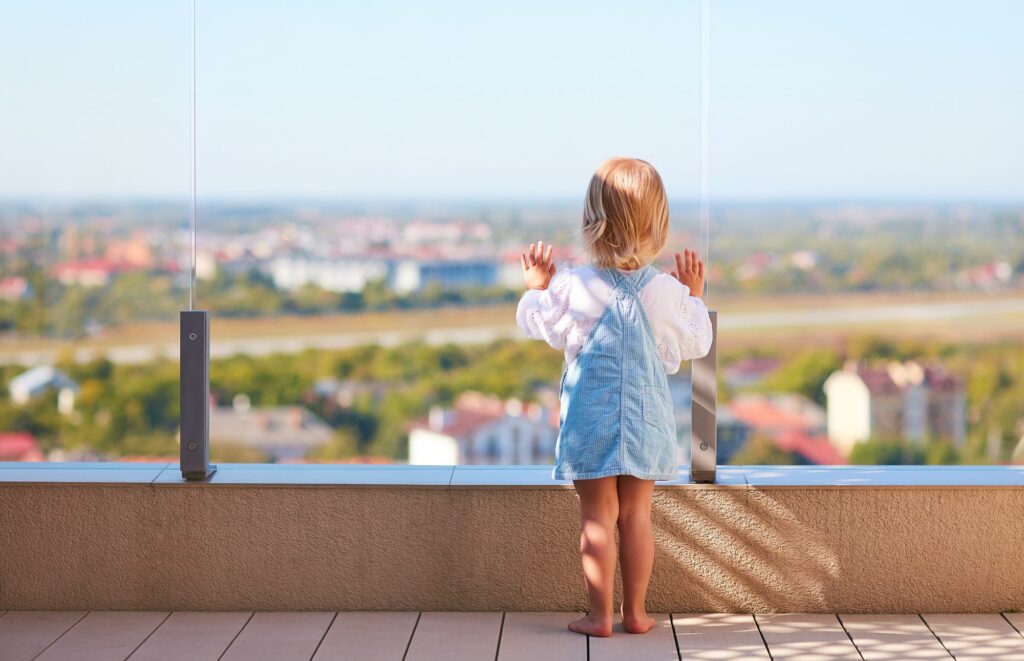
In line with these regulations, various states and territories have adopted the BCA as their building code, modifying it slightly to suit the local climate (e.g. strong winds) and environment.
For example, in Victoria, if a balustrade is located on a balcony or deck more than two meters above the ground, then the minimum height requirement demands that it should be at least one meter high. And in New South Wales, the minimum height for such is 1.1 meters above the floor.
The general Australian standards and regulations every balustrade must have are:
- Ability to withstand distributed load and impacts.
- A height of at least one metre from the floor level.
- Balustrades must not allow climbing.
- Consistent handrail height of between 865mm to 1000mm from the nosing line of the stair treads.
Ultimately, Australia’s balustrade regulations (BCA regulations) aim to keep people safe by insisting on solid panels, wooden balustrading and well constructed balustrade which should be constructed by a licensed builder.
By ensuring that balconies are built and maintained to a high standard, the chances of injuries and disasters are significantly reduced.
Does your apartment meet the current balustrade regulations?
If your apartment is relatively new, chances are that it complies with the latest balustrade regulations. But if it is not, upgrading it to meet current Australian standards is still possible.
If you notice cracked glass, rotten timber, concrete cancer or other forms of damage, it’s time to get new ones as these may pose a major safety risk for you.
This is especially important if you plan to sell or lease your apartment, as potential buyers or tenants will be looking for a property that meets all the latest safety standards.
No one wants to buy or rent a property that has violated safety standards, has creaky stairs, weak balustrade or safety issues.
So, glass balustrading, timber balustrades and wire balustrading are all ways you can upgrade your balustrades to can add value to your property and make it more competitive in the real estate market.
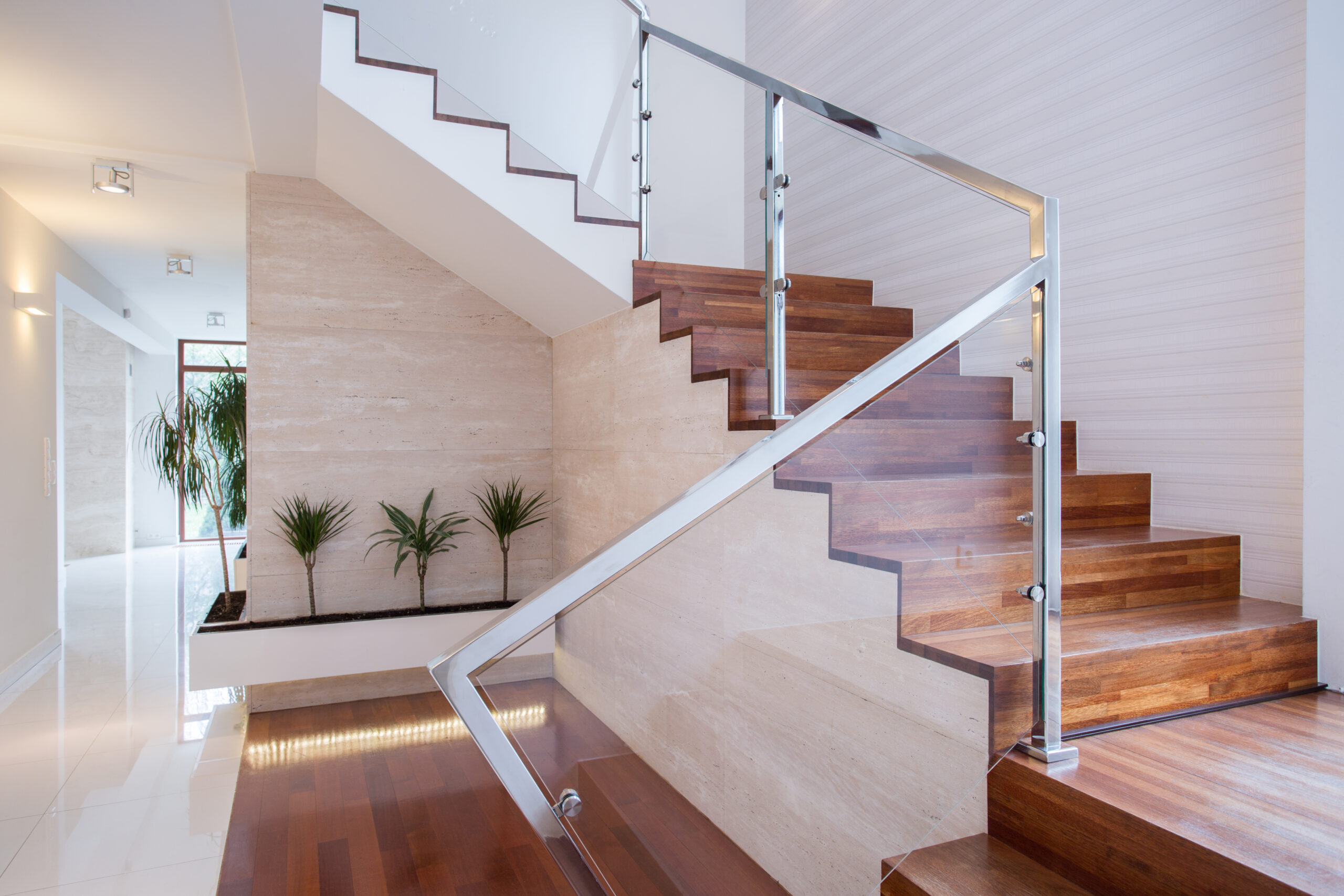
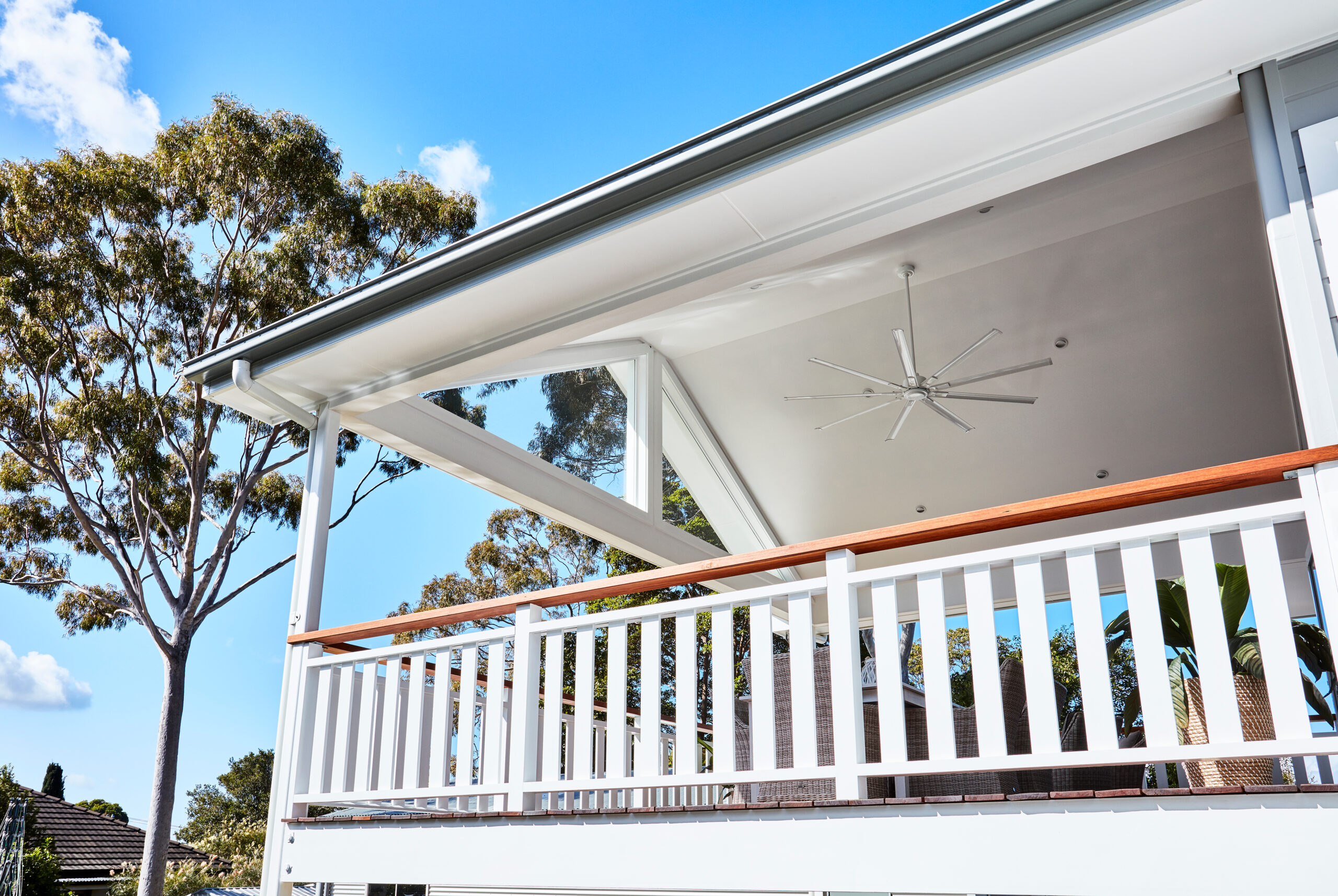
So, before you sell your property, you might need to consult with a real estate agent to determine what improvements can be made to increase its value.
If you’re a tenant, you should check with your landlord or property manager to see if they complied with the Australian standards while building.
And if not, if they are planning to upgrade the balustrades and the horizontal elements in your apartment.
If they have no plans to replace older balustrades, deteriorating wood or meet Australian standards, you can insist on complying with Australian regulations as a condition to take the lease.
Ensuring that your balustrades comply with the latest balustrades regulations, follow all the relevant codes while also avoiding unsafe balustrade is an integral part of being a responsible property owner or tenant.
By educating yourself on the BCA regulations in your state or territory, you can help keep yourself and others safe, prevent falls and protect small children from falls.
